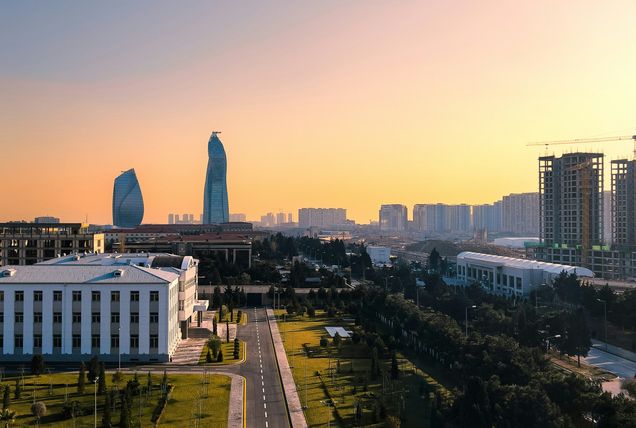Negotiating in the Dark? How to Account for the Multilateral Development Banks in the New Collective Quantified Goal

At the upcoming 29th United Nations Climate Change Conference (COP29) in Baku, Azerbaijan in November, parties are expected to agree on a New Collective Quantified Goal (NCQG) to replace the $100 billion climate finance goal set in 2009.
The $100 billion – in addition to being met two years late – left open significant questions on what counts as climate finance, the meaning of mobilization, distribution of responsibility among contributors and allocation to recipients, sources of finance, and how to differentiate between grants, concessional loans and non-concessional loans. The NCQG will have to improve on the shortcomings of the $100 billion goal and acknowledge that the climate finance landscape has changed significantly since 2009. Most notably, multilateral development banks (MDBs) have emerged as the engine of growth of climate finance.
A new policy brief from Tim Hirschel-Burns argues that the NCQG must account for the nuances of MDBs’ climate finance if negotiators are to agree upon an ambitious and effective new global climate finance goal. Without a solid understanding of the role of MDBs in climate finance, UN Framework Convention on Climate Change members will be negotiating in the dark at Baku.
Key findings:
- MDBs are the fastest growing source of climate finance, according to the Organization for Economic Cooperation and Development (OECD). Reported climate finance from MDBs more than tripled from 2013-2022, and MDBs accounted for more than half the growth in climate finance mobilized by developed countries since 2013.
- Two factors are driving the increase in MDB climate finance: first, MDBs report that they are dedicating a greater share of their financing to climate change, and second, MDBs are increasing their overall financial capacity.
- A novel calculation reveals that it is entirely plausible that, under the OECD’s current accounting methodology, developed countries could exceed $100 billion in climate finance exclusively through MDB climate finance in the near future—even without sources like bilateral climate finance and multilateral funds like the Green Climate Fund.
Policy recommendations:
To ensure that MDB climate finance plays a sufficient and appropriate role in the NCQG, the NCQG should aim to accomplish three targets.
- First, the NCQG should send a clear signal about the importance of MDB finance and push MDBs to increase their climate ambition in support of an overall quantum much larger than $100 billion
- Second, negotiators should differentiate finance based on its cost to recipient countries to create an adequately nuanced NCQG and preserve countries’ debt sustainability. Options to achieve this include setting specific sub-targets for grants, below-market rate loans and market-rate loans, or by calculating grant-equivalency based on loans’ degree of concessionality.
- Third, the NCQG is an opportunity for governments to finally agree upon a robust definition of climate finance and ensure consistency and transparency in climate finance reporting. The $100 billion goal’s lack of nuance or attention to sources of finance facilitated a situation where climate finance was often low quality, redirected from other development priorities or relabeled as climate finance with unclear justification, and fell far short of climate needs.
COP29 presents a critical opportunity to course-correct, but thus far, the NCQG debate has paid curiously little attention to the fastest-growing source of climate finance: MDBs. If MDBs are to play the right role, the NCQG must be written to account for the nuances of MDBs’ climate finance, further leveraging their already substantial potential for collective climate action.
Read the Policy Brief